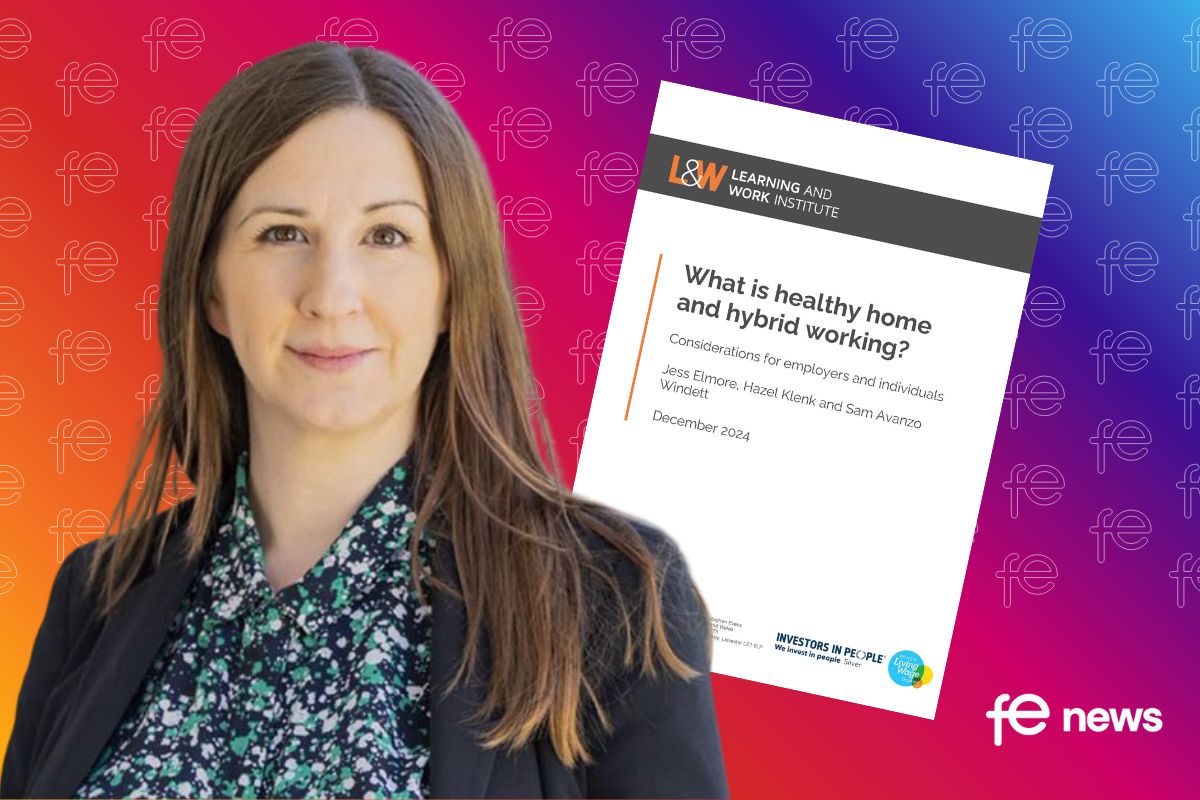350,000 more higher education places will be needed in England by 2035 to keep up with demand

New @HEPI_news report reveals over 350,000 more #HE places will be needed in England by 2035 to keep up with demand, while Scotland will see a decline in demand for places over the same period, despite increased participation in higher education.
The Higher Education Policy Institute has today (22 Oct) published a new report looking at future demand for higher education places in the UK over the next fifteen years.
The report, Demand for Higher Education to 2035 by Rachel Hewitt, builds and expands on HEPI’s long history of exploring demand for higher education.
The report examines the impact of changing demographics and participation rates.
It shows for England:
- if demography were the only factor, without any increase in participation, there would be an increase in demand of 40,000 full-time higher education places in England by 2035 due to rises in the 18-year old population;
- if participation also increases in the next fifteen years at the same rate as the average of the last ten years, then this increases to a demand of 358,000 full time higher education places by 2035;
- the greatest growth in demand will be seen in London and the South East, due to both demographic changes and patterns of participation. Our projections suggest that over 40% of demand for places will be in London and the South East.
In Scotland:
- if demography were the only factor, without any increase in participation, there would be a decrease in demand of 18,000 full-time higher education places in Scotland by 2035 due to a decline in the 18-year old population;
- if participation also increases in the next fifteen years at the same rate as the average of the last five years, then we can expect the decrease in demand to shrink to close to nil full-time higher education places by 2035;
- these projections suggest Scotland will be able to accommodate a growth of participation in higher education without increasing student numbers, due to a decline in the 18-year old population.
Changes of demand in Northern Ireland are expected to be closer to Scotland than England due to similar demographic and participation changes but projections are not calculated due to methodological differences. Equivalent data is not available for Wales.
 Emma Hardy MP, Labour’s Shadow Universities Minister, said:
Emma Hardy MP, Labour’s Shadow Universities Minister, said:
“The demand for higher education was going to increase before the added pressure of those needing to retrain because of the Covid crisis.
“For the UK to be a high-skill, high-wage economy, we need a higher education system that can meet people’s aspirations and support them to follow their chosen path.”
Rachel Hewitt, HEPI Director of Policy and Advocacy and author of the report, said:
‘There have been declining numbers of 18-year olds in the population in recent years, which has impacted the way universities have operated. However, 2020 is the last year of this trend and universities are set to see a significant rise in student numbers over the next fifteen years. Among focusing on their recovery from the current pandemic, universities will need to consider how they can scale up to incorporate this level of demand. Government will also need to consider how to best prepare for this increased level of demand.
‘There are those who would like to see a cap on the number of students entering higher education. However, these projections show clearly that if trends in participation continue as in recent years, capping student numbers in England would deprive a growing group of students who will be looking to enter higher education, which would likely be detrimental to the push for greater equality of access to higher education.
‘Our projections suggest the greatest growth is likely to be seen in London and the South East, partly due to their existing higher levels of participation. If government is committed to levelling up across the country, perhaps the focus should be on the disparity of participation rates across England, rather than debating national targets.
‘For policymakers in Scotland, these projections suggest an easier path to tread. While participation continues to grow, this is limited by the cap on Scottish students and a decline in the 18-year old population means Scottish universities should be able to take on more students without having to expand the number of places available, limiting the cost to the Scottish Government.’
Methodology: The research builds on earlier work conducted by HEPI on demand for higher education – the last report was published in March 2018 and looked at Demand for Higher Education to 2030. The calculations in this report are based on a number of assumptions, including that students will not move from the region in which they are born before they attend university.











Responses